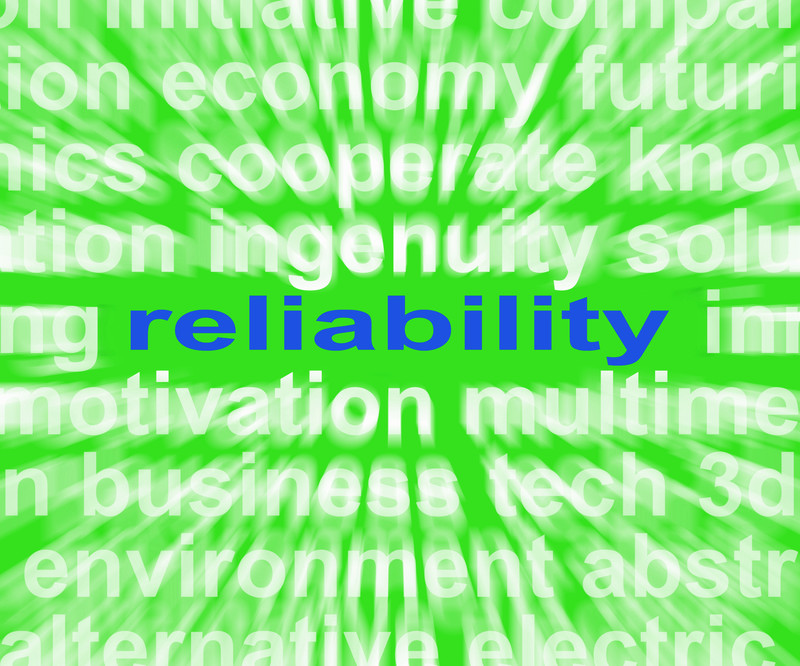29 July 2014
Here at EE, we hear this question often. How much do we have to look at before we can say we've done "thorough" or "reasonably exhaustive" research? If we've found direct evidence to answer our research question, is that enough? Do we really have to have three sources that all agree?
The second and third questions are easy enough to answer: No and No! As for how much, the answer is {once again} it depends.
"Thorough research" means at least three things:
- Using all identifiable resources for the area or problem.
- Using original records, not just published derivatives. Indexes, databases, abstracts, and authored narratives can be wonderful resources. If and when they are, they should also point us to originals, for fuller information or correction of published errors.
- Not stopping with the first record that gives an "answer." That answer may be wrong. If we don't search for additional records on the same issue, we won't discover the error—which means all work we do on the foundation of that wrong information may be a total waste of time, money, and brainpower.
As for some magic number, there is none. Ten sources may assert the same thing and all may trace back to the same flawed original or "first recorded assertion." What matters is the quality of a source. That is why EE puts so much emphasis upon thorough identification of sources—not just enough of an identification to relocate the source, but enough identification to be able to make an appropriate decision as to the reliability of the information.
IMAGE SOURCE: Can Stock Photo (http://www.canstockphoto.com/images-photos/thoroughness.html#file_view.php?id=18337346 : downloaded 29 June 2014), "Reliability Word Means Honest Trustworthy And Dependable," csp18337346, by stuartmiles; used under license.